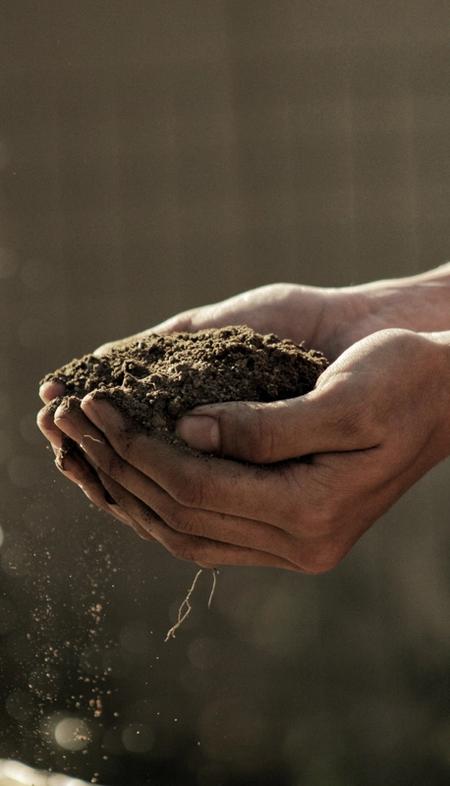Compost Your Food Waste

Compost is decomposed organic material like food scraps, leaves, paper, and plant clippings. It's nutrient rich and makes great plant fertilizer.
Nearly one third of household waste can be composted. It is easy and low cost to get started.
There are four primary types of composting:
- Compost as a Service. You pay for a service that comes and picks up your compost. This is the lowest effort and even works if you're a renter.
- Electric Composter. This is the fastest way to get compost, often creating finished product within just a few hours. However, these machines tend to be a bit pricy. However, they also work great if you're a renter since the machines are about the size of a small microwave.
- Backyard. This is your typical bin or pile of compost that you manage. Depending on environmental conditions and what you add to the pile, composting can take months to break down into a usable form.
- Earthworms (vermicomposting). This is similar to backyard composting, but faster and kind of like having a pet. You have to keep an eye on them, but they’ll eat your food scraps.
Regardless of the type you choose, the finished compost can be a fertilizer or “top dressing” for your garden or houseplants.
Take Action

Turn your food scraps, organic waste, and even compostable plastics into nutrient-rich dirt – all at the touch of a button.
Pela Lomi in action.
Before the Pela Lomi and after.
More than 100,000 families make composting easy with Lomi. Get yours today!
The Institute for Local Self-Reliance’s Composting for Community Map provides an interactive illustration of how communities pursue composting.
Discover how to compost your food waste where you live. Plus, get your personal climate action plan!
Why It Matters
When food rots in a landfill, it produces methane, a powerful greenhouse gas that causes climate change. Composting food scraps doesn't release methane. So use what you buy and compost any leftovers.
In a 2021 report, the U.S. Environmental Protection Agency (EPA) estimated that each year, U.S. food loss and waste embodies 170 million metric tons of greenhouse gas emissions - and this excludes landfill emissions. This amount is equal to the annual CO2 emissions of 42 coal-fired power plants!
In a 2018 report, the EPA estimated that about 81% (20.3 tons) of households' wasted food ended up in landfills or combustion facilities.
More Information
Pro Tip: Use your freezer for keeping food longer and composting scraps (there's no smell this way).
Often the problem is you have plenty of greens (Nitrogen) material, but not as much brown (Carbon). For an effective compost process, you need both.
Resources
Title | Description | Creator |
|---|---|---|
| Composting at Home | U.S. Environmental Protection Agency | |
| Vermicomposting for Beginners | Rodale Institute | |
| Composting can help fight climate change | Get started in 5 easy steps. | NPR |
| Webinar: Composting at Home: An Introduction to the Basics | By composting at home, you can protect the planet and improve your soil. | Institute for Local Self-Reliance |
| What to Do With Your Compost (Even if You Don’t Have a Garden) | EcoWatch |